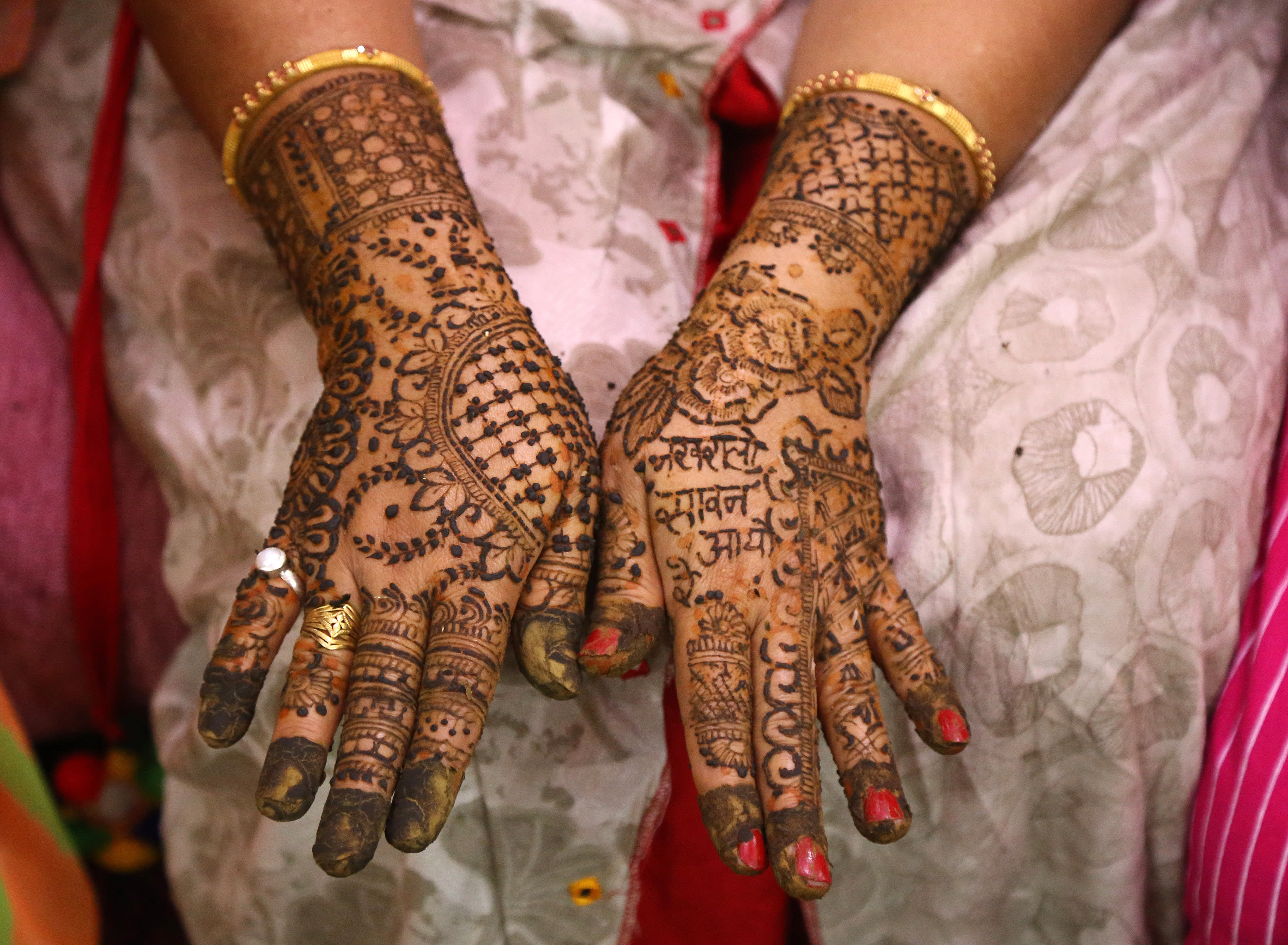


Are you sure you want to reset the form?
Your mail has been sent successfully
Are you sure you want to remove the alert?
Your session is about to expire! You will be logged out in
Do you wish to stay logged in?
The deliberate adornment and altering of the human body has long been a part of human history. Spanning the globe, these practices can be traced back to ancient times where they served to enhance beauty, communicate social status, and provide spiritual significance.
Although the act of transforming the body has known no bounds except the limits of the human imagination, this featured content focuses on three forms: body art, corsets, and wigs.
Body Art

Body painting is one of the oldest forms of human expression with evidence of its use seen along the cave walls on which early humans documented their lives. The anthropologist Enid Schildkrout characterizes the body as a “site where culture is inscribed (and) a place where the individual is defined and inserted into the cultural landscape.”
Cultures throughout the African continent use the transformed body as means for expressing identities, norms, values, and aesthetic principles. This is achieved through a wide range of body art media, including everything from scarification, tattooing, painting, and oiling the skin to styling the hair and reshaping designated areas of the body.
In western culture piercing and tattooing have a historical and culturally diverse legacy, intertwined with notions of decoration, identity, class, and gender, as well as deviancy, pathology and freakishness. Discover how identity is produced through body art and its complex relationship to fashion, power and personal meaning.
South Asia’s cultural variation is reflected in its diverse practices of body decoration. Across its geographic and ethnic boundaries, cultural practices associated with Islam, Hinduism, and Buddhism have carried within them the seeds of their origins into the present day. Explore the origin and significance of these practices, such as the use of kohl-smudged eyes to ward off evil, and, in the Islamic world, the hennaing of hands and feet rendered vulnerable through exposure.
The body can be considered as a canvas for self-expression, opening itself up to cultural influence. Learn about different attitudes toward the body and how it has been altered to create different forms of beauty. Trace the history of face painting from its early association with camouflage, puberty rites and status, to the beautification purposes it often serves today.
Corseting

The corset has been described as one of the most controversial garments in history. Valerie Steele’s seminal work on this topic has done much to challenge traditional, and often misleading, assumptions about the corset, which has been seen both as a garment of injurious oppression, forced upon women by the tyrannous dictator of fashion, or as a garment of fetishistic eroticism.
Foundation garments, such as corsets, have played an immensely important role in shaping western perceptions of the female body and of femininity for over five hundred years. This chapter puts forward a realistic picture of nineteenth-century corset-wearing though the example of a corset from the late 1890s. This brief overview of the history of structured garments is an introduction to the materials and techniques that can be used to achieve support and structure.
The influence of the corset on the use of the term ‘silhouette’ in the late 19th century, and its popularity to describe the female body, is reflected in the profound transformation of the physical appearance of women.
Explore two examples of corsets. Firstly, designer Thierry Mugler’s spring/summer 1996 line which drew on historical periods of corsetry for inspiration and helped to popularised lingerie as outerwear, alongside other designers such as Jean Paul Gaultier. Next, examine a corset bodice from the first half of the 18th century, part of the Charles Paget Wade Collection and held by the National Trust at Berrington Hall.
Two chapters explore the darker side of corseting. One focuses on how corseting has loomed as a major bugbear of many physicians, health reformers, and women’s rights advocates. In the other, historians highlight the plethora of ‘female complaints’ from Victorian women attributed to the use of corsets and the role of corsetry in the creation of various ‘real’ and ‘psychosomatic’ illnesses common to middle-class Victorian women.
Wigs

Wigs and hairpieces have been worn to denote occupations or authority, cover hair loss, and simply for adornment. Begin by following the evolution of wigs from the Egyptian times to the modern day with this chapter. Then explore a brief history of wigs and hairpieces including their development, various uses and merchandising over time.
Finally the spotlight moves to the Golden Age of Ancient Greece, and how advances in art, philosophy, and science influenced fashion and hair styling with a step-by-step guide on how to re-create the popular hairstyles.